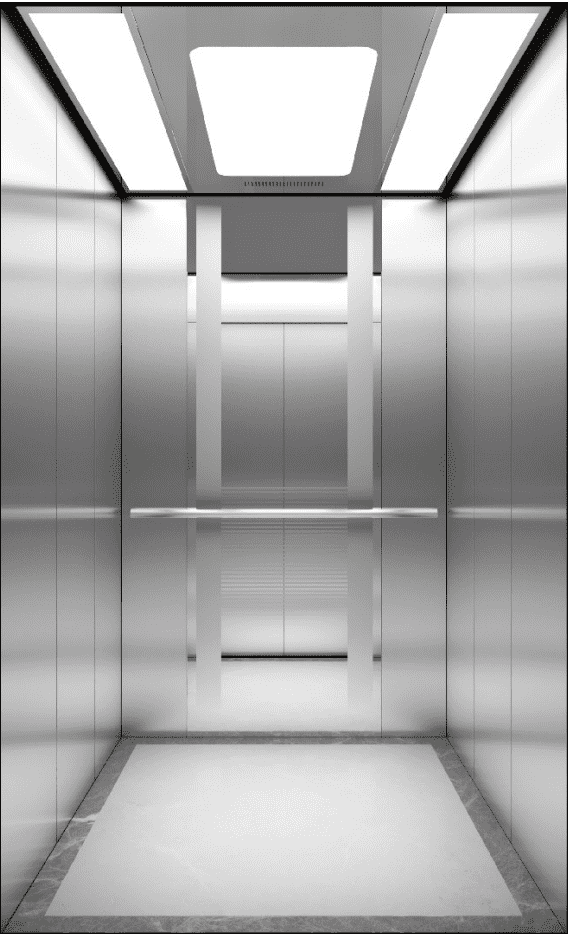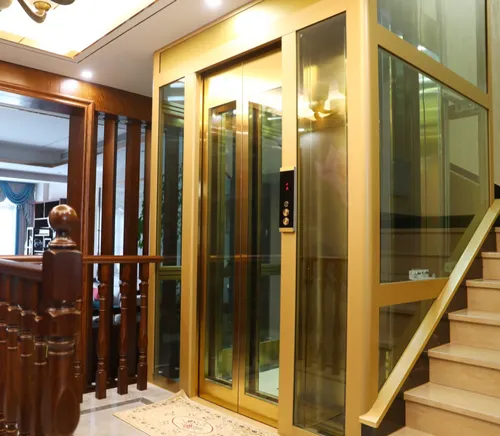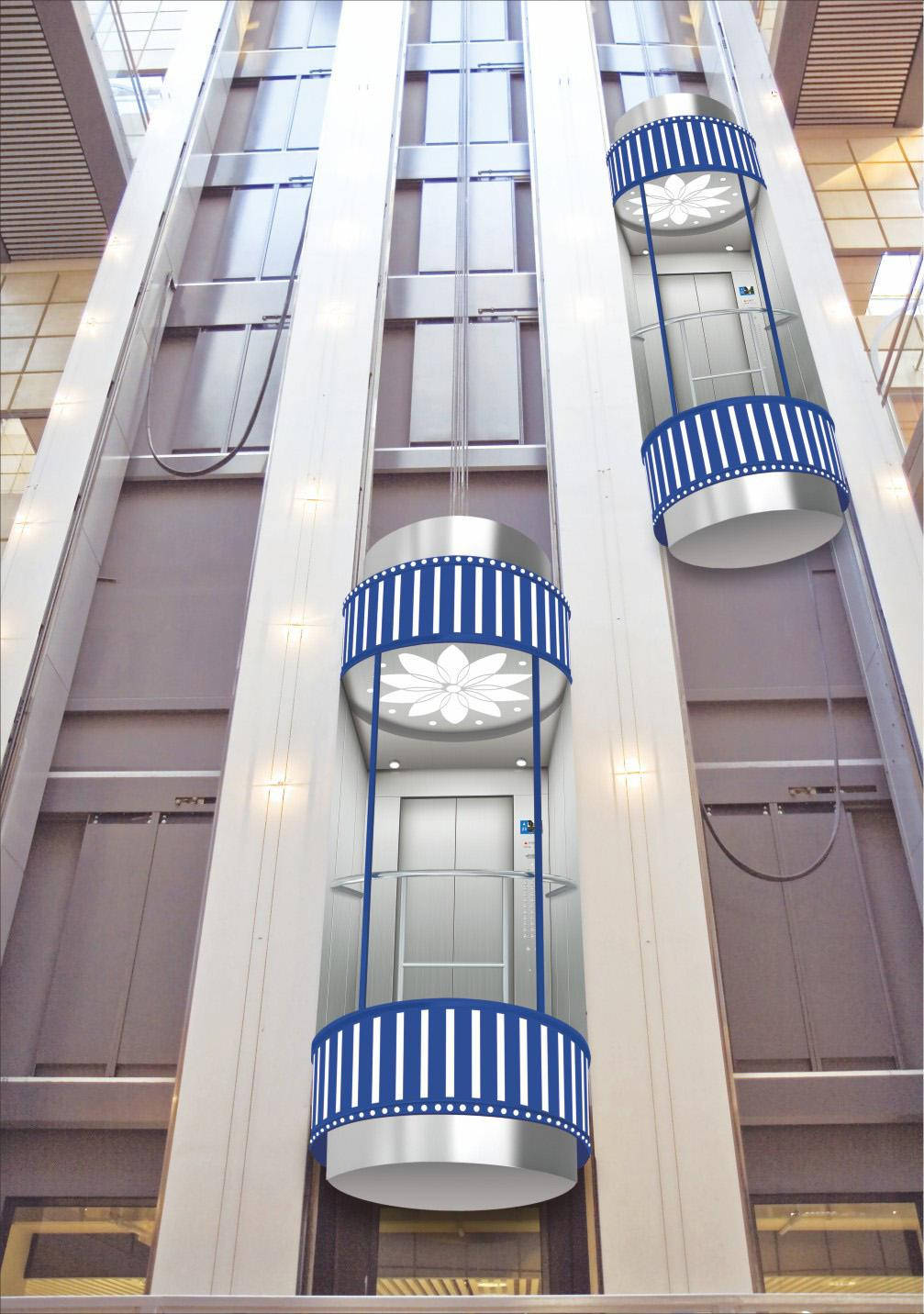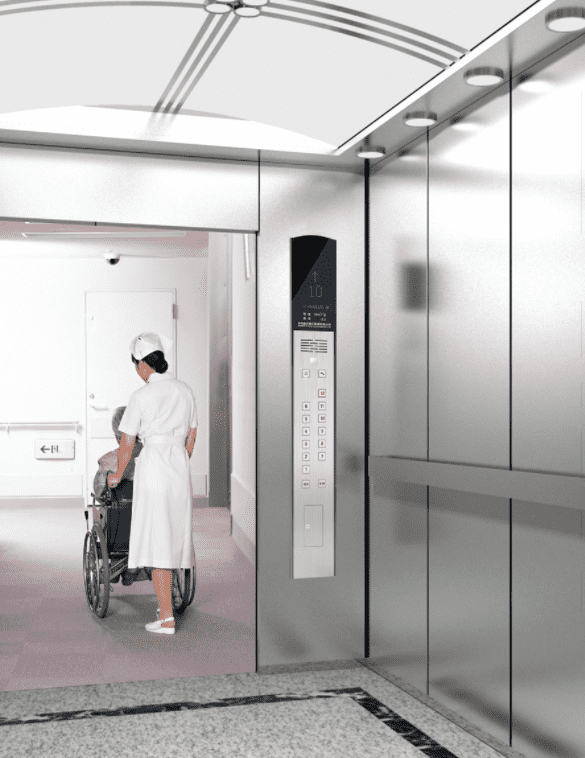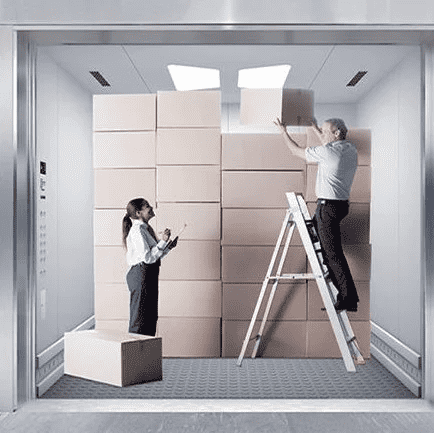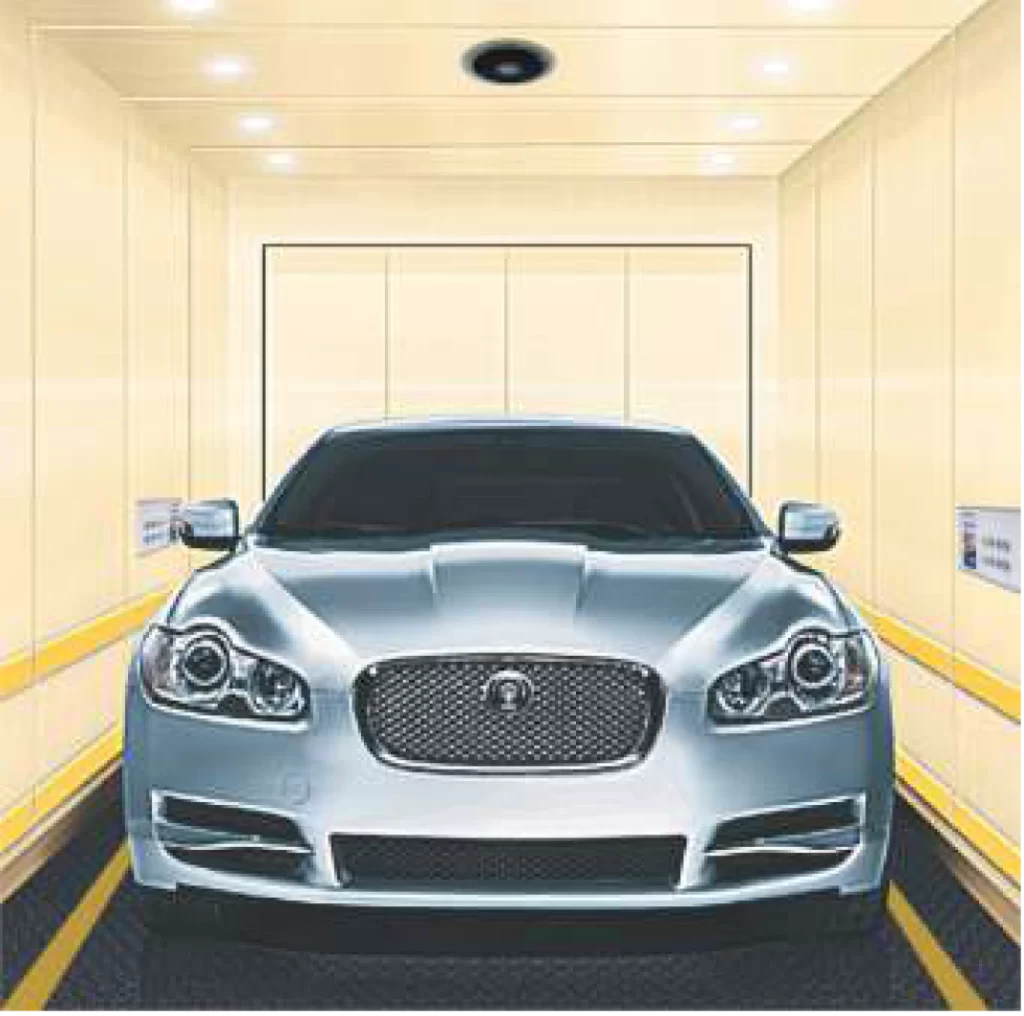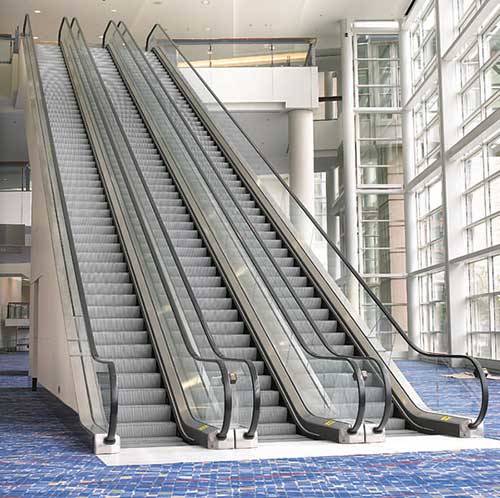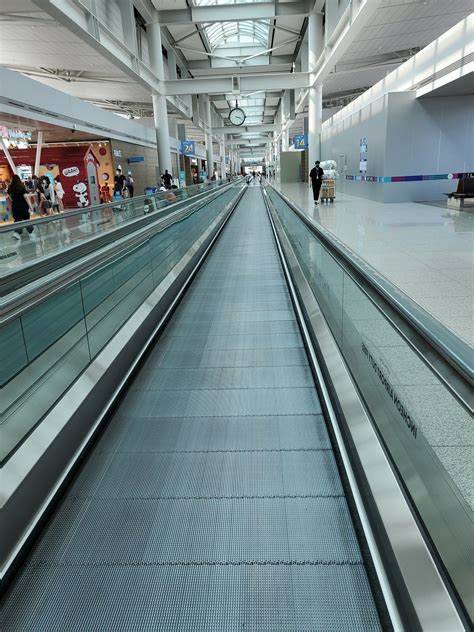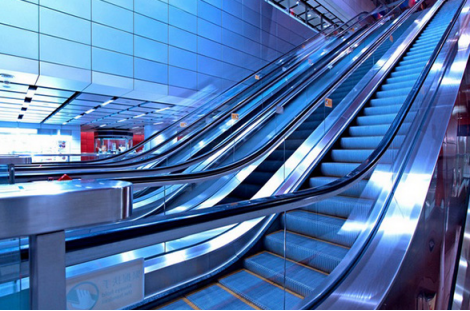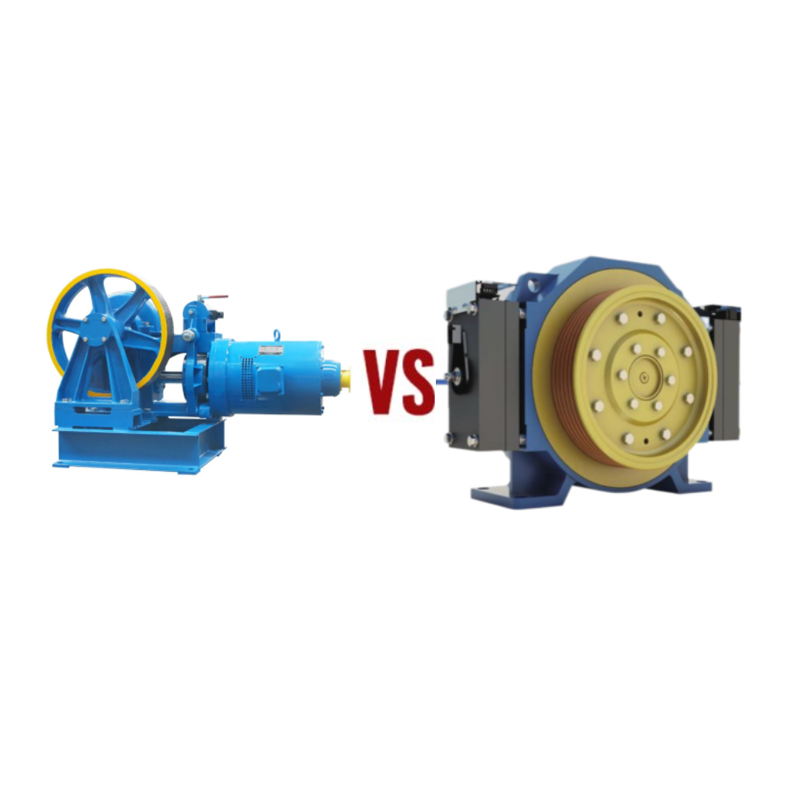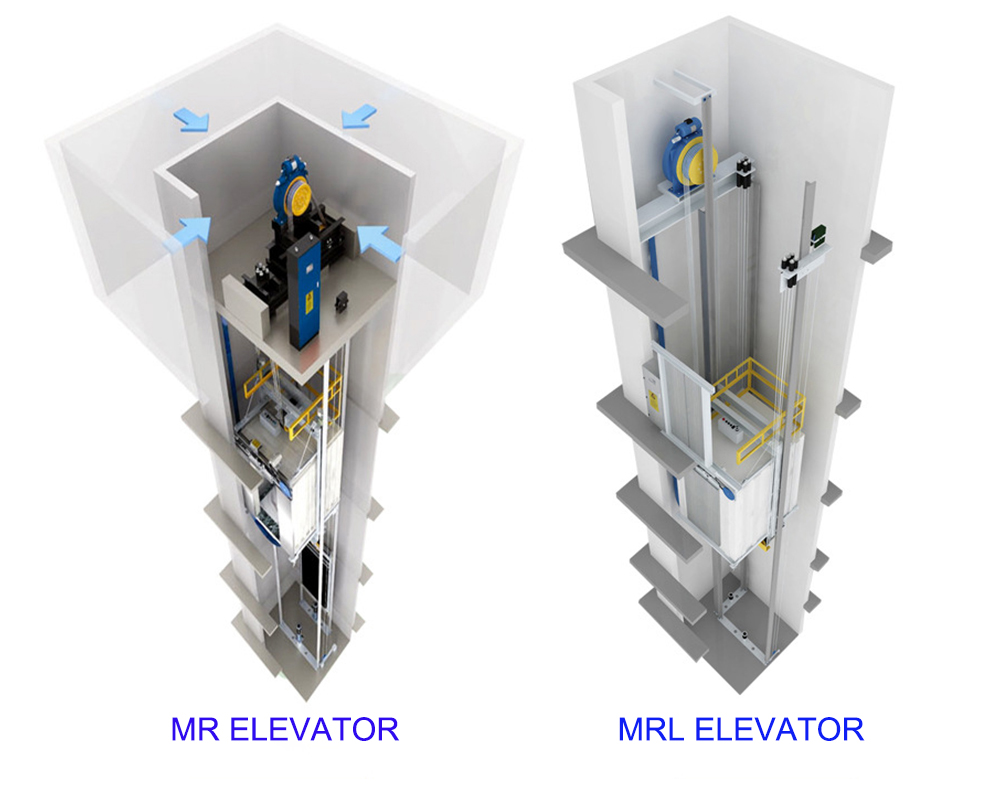As urban living spaces become increasingly vertical, and the desire for convenience and accessibility grows, home elevators are emerging as a practical and stylish solution for many homeowners. home elevators are gaining popularity. They offer convenience, enhance mobility, and add a touch of luxury. This article explores different types of home elevators, highlighting their features, benefits, and drawbacks to help you choose the best option for your needs.
Different Residential Elevator Types Quick List
| Elevator Type | Main Difference | Pros |
| Hydraulic | Uses a hydraulic piston to raise and lower | Smooth and quiet operation. |
| Traction | Uses a counterweight and a motor-driven system of cables and pulleys. | Energy-efficient and faster. |
| Machine Room-Less (MRL) | Similar to traction but doesn’t require a separate machine room. | Saves space, easier to install in existing homes. |
| Vacuum (Pneumatic) | Uses air pressure differences to move the elevator car. | Compact, no need for a machine room. |
| Shaftless | Designed for small spaces, usually with a simple up-and-down movement. | Ideal for retrofitting into existing homes. |
| Climber (Inclined Platform Lift) | Uses a platform that moves along a stairway. | Cost-effective for stairs. |
| Stairlift | A chair attached to a rail along a staircase. | Affordable and easy to install. |
Residential Elevator Types in Details
Hydraulic home elevators :
Standard Hydraulic Elevators: These use a hydraulic piston to lift the elevator car. The system requires a separate machine room for the hydraulic pump and reservoir. They are known for smooth, quiet operation and are ideal for buildings with enough space for the machine room.
Holeless Hydraulic Elevators: Designed for buildings where a traditional pit or hoistway is not feasible. Instead of a deep pit, they use a cylinder mounted beside the elevator shaft. These are often used in retrofits or homes with limited space.
Roped Hydraulic Elevators: Combine the benefits of hydraulic and traction systems. They use a combination of hydraulic pistons and ropes to move the elevator car, allowing for smoother travel over greater distances compared to standard hydraulic systems.
Double-Acting Hydraulic Elevators: Feature two pistons working in tandem to lift and lower the elevator car. This design helps distribute the load evenly, providing a smoother ride and increasing the system’s overall efficiency and longevity.
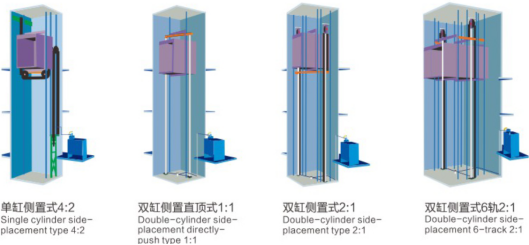
Compact Hydraulic Elevators: Designed for smaller homes or where space is at a premium. These systems use a more compact hydraulic unit and are suitable for homes with limited room for a full-sized machine room.
Traction Elevator
Geared traction elevators: a gearbox is used to drive the sheave (pulley) that moves the elevator cables. The gearbox contains gears that transfer power from the motor to the sheave.
Gearless Traction Elevators: Gearless traction elevators use a motor directly attached to the sheave, which drives the elevator cables without intermediate gears.
Machine Room-Less (MRL) Elevator
MRL elevators are a type of traction elevator that do not require a separate machine room. The machinery is compactly placed within the hoistway itself.

Vacuum (Pneumatic) Elevator
Vacuum elevators use differences in air pressure to move the elevator car. The car is enclosed in a tube, and the air pressure above and below the car is manipulated to move it up and down.

Shaftless Elevator
Shaftless elevators are designed for small spaces and typically involve a simple up-and-down movement between two levels. They do not require a full elevator shaft.
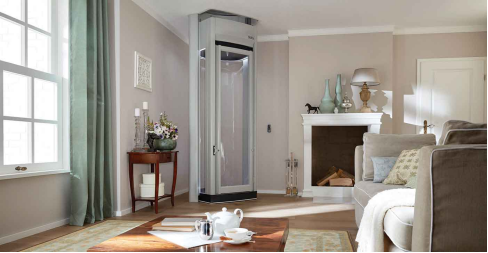
Climber (Inclined Platform Lift)
Climber or inclined platform lifts are platforms that move along a rail system attached to a staircase, allowing for wheelchair access along the stairs.
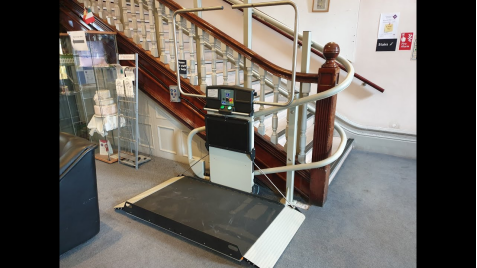
Stairlift
A stairlift is a chair attached to a rail that runs along the side of a staircase. It allows users to sit in the chair and be carried up or down the stairs.
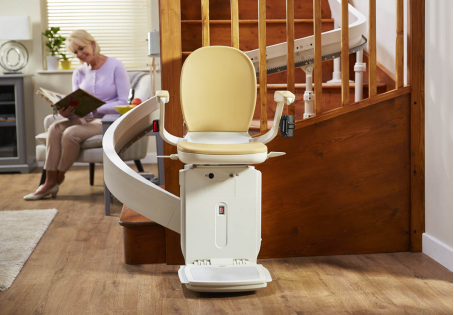
Other Differences Between Residential Elevators
Installation Difficulty
Hydraulic Elevator: Complex installation, requiring professional expertise and additional structural modifications.
Traction Elevator: More complex installation, may need structural modifications and professional expertise.
Machine Room-Less (MRL) Elevator: Relatively high installation difficulty but easier than traditional traction elevators due to no machine room.
Vacuum (Pneumatic) Elevator: Quick and easy installation, minimal structural modifications needed.
Shaftless Elevator: Simple installation, suitable for retrofitting into existing homes.
Climber (Inclined Platform Lift): Relatively simple installation, just needs rail installation.
Stairlift: Easiest installation, no structural changes needed.
Suitability
Hydraulic Elevator: Suitable for multi-story homes requiring high weight capacity.
Traction Elevator: Ideal for multi-level buildings seeking efficient, fast travel.
Machine Room-Less (MRL) Elevator: Best for space-saving and efficient home solutions.
Vacuum (Pneumatic) Elevator: Perfect for modern, space-limited homes.
Shaftless Elevator: Great for homes needing simple, short-distance vertical transport.
Climber (Inclined Platform Lift): Suitable for multi-story homes with stairs, especially for wheelchair users.
Stairlift: Ideal for homes with stairs, assisting individuals with limited mobility.
Maintenance Requirements
Hydraulic Elevator: Requires regular maintenance and inspections of the hydraulic system.
Traction Elevator: Needs maintenance for cables and motor systems, higher maintenance costs.
Machine Room-Less (MRL) Elevator: Complex to maintain, higher service difficulty.
Vacuum (Pneumatic) Elevator: Low maintenance, but regular checks of the air pressure system are needed.
Shaftless Elevator: Simple and low-cost maintenance.
Climber (Inclined Platform Lift): Easy maintenance, requires regular checks of the rail and platform.
Stairlift: Simplest maintenance, requires regular checks of the rail and seat.
How to Choose the Right Residential Elevator for Your Home?
Choosing the right elevator for your home depends on several factors including available space, budget, and specific needs. Consider the size and layout of your home to determine whether a shaftless, MRL, or traditional elevator fits best. Evaluate the budget not only for installation but also for long-term maintenance.Additionally, assess the aesthetic preferences and the ease of installation. Consulting with a professional can provide tailored recommendations to meet your specific requirements.
FUJIRISE offers exceptional solutions tailored to your needs. Our diverse range of high-quality home elevators, including steel rope ,steel band and machine room-less models, ensures that you find the perfect fit for your space and budget. With a commitment to innovation, reliability, and style, FUJIRISE provides energy-efficient and aesthetically pleasing options. Trust FUJIRISE to enhance your home’s functionality and value with our expertly crafted elevators. Contact us today to get a quote and experience the difference of superior design and performance.

